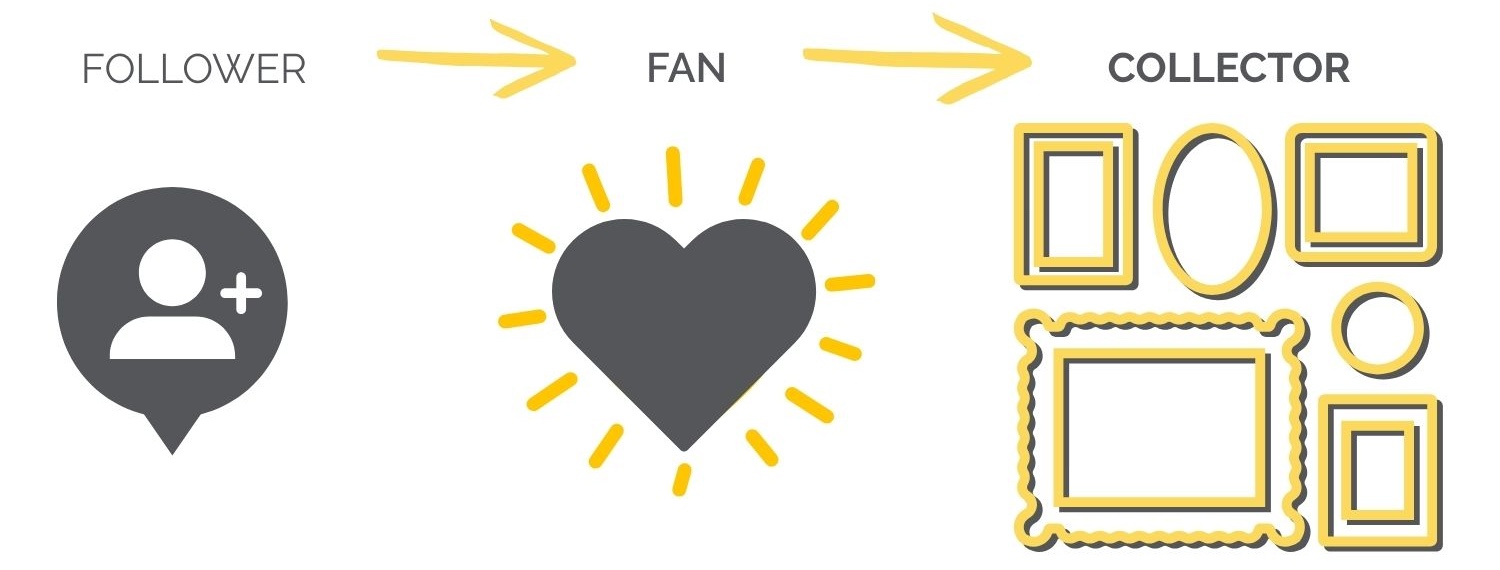Guest Blogger: Jacqueline Webster
Recently I attended a fair for self-bossers and those who were hoping to make the leap to self-employment.
With my strong background in workshop design and presentation, I couldn’t help noticing mistakes that many of the presenters made. If you follow a few simple rules, you can avoid the same errors.
Prepare for Your Presentation
Far too few of the presenters in the seminar I attended were prepared for their presentations, and I’m certain that one person was completely winging it. If you are called in at the last minute – like less than 24 hours notice – this is forgivable. But you should have at least a basic outline of your presentation and enough copies of the handouts.

Dress for the Occasion
This is a pet peeve of mine. I know artists and self-bossers like to buck convention. But even if you are giving a free talk, you should dress according to the standards of your profession.
Can you get away with jeans? Sure, if jeans are an accepted standard for your occupation. But please tuck in your shirt, wear clean clothes, and brush you hair. For good or bad, people judge you by first impressions and it’s hard to accept you as an expert if you show up looking like an unmade bed.
Introduce Yourself and Your Talk
Who are you? Why am I here?
These are the questions a skeptical audience always has, and you should address them in the first two to three minutes of your presentation.
Thank folks for coming to [workshop name here] which will cover [X/Y/Z].
Then introduce yourself by name and title and set yourself up as an expert. That’s right – an expert, even if you don’t feel like one. You were asked to speak for a reason and standing in front of the room gives you authority. Just describe your background is in a nutshell. This is a good place to use your thirty-second elevator pitch.
Taking the time to set up your talk will put participants at ease and enhance your credibility.
Have a Point
This goes back to preparation.
Try to make a list of goals and objectives for your presentation, and make sure the objectives relate back to the goals. Depending on the length of your talk, figure one to three goals and no more than three objectives per goal. Having this kind of thing mapped out in advance will keep you focused and ensure that your audience leaves with what they came for.
Wrap It Up
Add a formal conclusion to your program. Like your introduction, how you end your presentation says a lot about your professionalism. Summarize what you covered in your talk, if appropriate, and then thank everyone for coming.
Workshop presentation isn’t rocket science. As long as you act professionally and take a little time to prepare you can easily add workshops and lectures to your art career repertoire.
There’s a whole chapter on giving talks in I’d Rather Be in the Studio! The Artist’s No-Excuse Guide to Self-Promotion. See pages 53-67.
Guest blogger Jacqueline Webster is a fine art photographer who has developed and presented numerous programs on everything from arts & crafts to astronomy for ages 2 to 90+. She lives in Golden, Colorado.




8 thoughts on “Thinking about winging a presentation? Think again”
Hi Alyson and Jacqueline,
I teach presentation giving at a local community college, and I love what you’ve said. I hope I have your permission to bookmark the page and read it to my students. Thanks for writing this.
Take care,
Barbara
Hi Alyson and Jacqueline,
Thanks for reminding me of key steps to success. As a member of Toastmasters for some years, their programme for successful presentations is very similar. Preparation is key. Great post.
Hi, Barbara
I’m fine with you using this in your class as long as Alyson is. Thanks for the feedback!
Jackie
Barbara: Absolutely! Glad you find it helpful.
Great advice. Two more suggestions:
A structure that works well is:
1. tell the audience what your are going to say
2. say it
3.summarize what you just said.
Jacqueline hinted at this in her Wrap it Up section.
Also – PRACTICE ALOUD before you present. I practice in front of my wife to get feedback (she is always honest and constructive). Doing it aloud helps you hear whether or not you are clearly making your points and that your presentation is engaging. You will be sure that your presentation fits in the time allotted and make adjustments accordingly if it doesn’t. This is so much better than rush your last points or running long. This all helps build confidence and gives you professional polish.
This is a very helpful tool to use for my first presentation.Thank you!
You’re welcome! Good Luck!
Pingback: Multiply Your Exhibition Audience with Collaborative Programs « Art Biz Blog